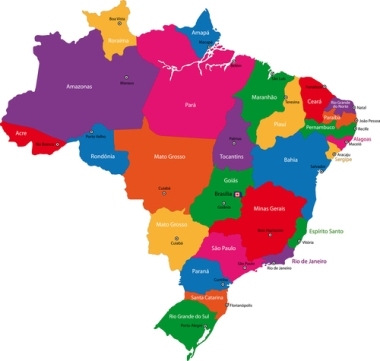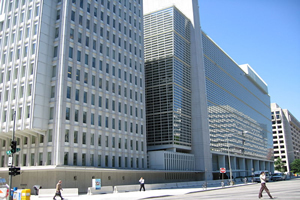Brazil, like all countries, has its administrative division. What does this expression mean?
Administrative division is a way of dividing the territory of a country into several parts. These parts are called provinces, federative units or States. These, in turn, are also subdivided into counties which can be divided into one or more districts.
In the administrative division of Brazil, we have the federal district, states, districts and municipalities.
Federal District: It is the seat of federal power, where the country's capital is located. In Brazil, the Federal District is located in the state of Goiás, and our Brazilian capital is Brasília. It is in the Federal District that the seats of the Legislative, Executive and Judiciary powers are located.
States: These are the country's federative units. They are administered by state governments, which are subordinate to the Federal Government. Each state has its own capital, where its administrative headquarters are located.
Counties: correspond to administrative units smaller than states. They are administered by municipal governments, also called city halls, which are subordinate to the State Government and the Federal Government.
Districts: they are administrative units belonging to the municipalities. A municipality can be composed of one or several districts. O headquarters district usually has the same name as the municipality and the other districts are usually called villages. When a village manages to emancipate itself, it is elevated to the status of a municipality.

Brazil has 26 states, 1 Federal District and 5570 cities
Thus, the administrative division of Brazil divides our country into 26 states and 1 Federal District. Distributed by these states, are 5,570 municipalities, a number that may increase in the coming years, as villages and districts can achieve their emancipation and also become municipalities.
By Rodolfo Alves Pena
Graduated in Geography

